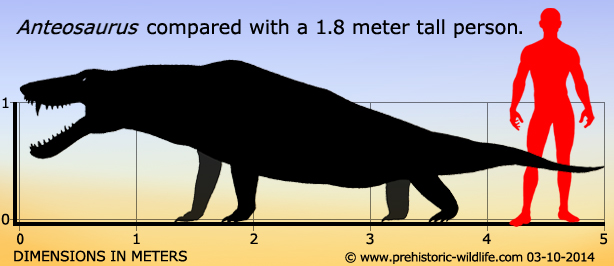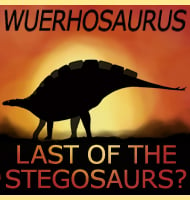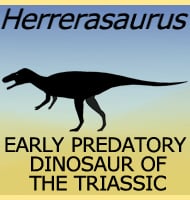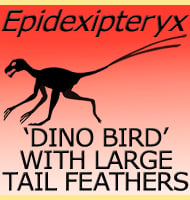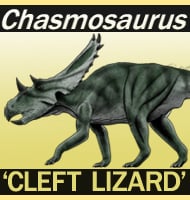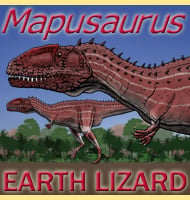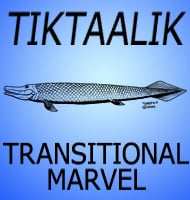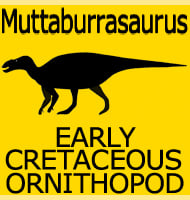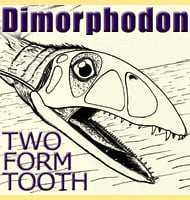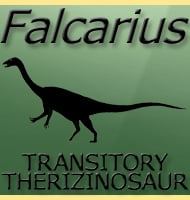In Depth
Despite its massive size and teeth, the overall body of Anteosaurus was quite weak, leading to the suggestion that Anteosaurus was at least semi aquatic in its hunting like a crocodile. This means that Anteosaurus was likely an ambush hunter waiting for its prey to come towards it before attacking with overwhelming strength and ferocity.
Anteosaurus like other related therapsids had a thickened skull, and this has been suggested as an adaptation for head butting, or perhaps more aptly for head pushing. Also like with Moschops, the overall build seems to have been for projecting its body weight forwards. Not only could this have been useful in dominance head pushing contests, but it may have also been a technique to knock over unsuspecting or weakened prey.
Anteosaurus was once known by a large number of species, but the current thinking on this is that they merely represent different growth stages of the same type species, A. magnificans.
Further Reading
– The Bases of Classification of the Theriodontia: Proceedings of the Zoological Society of London, 1921, p. 35-98. – D. M. S. Watson – 1921. – Evolutionary Patterns in the History of Permo-Triassic and Cenozoic synapsid predators. – Paleontological Society Papers 8: 267–288. – Blaire van Valkenburgh & Ian Jenkins – 2002.
